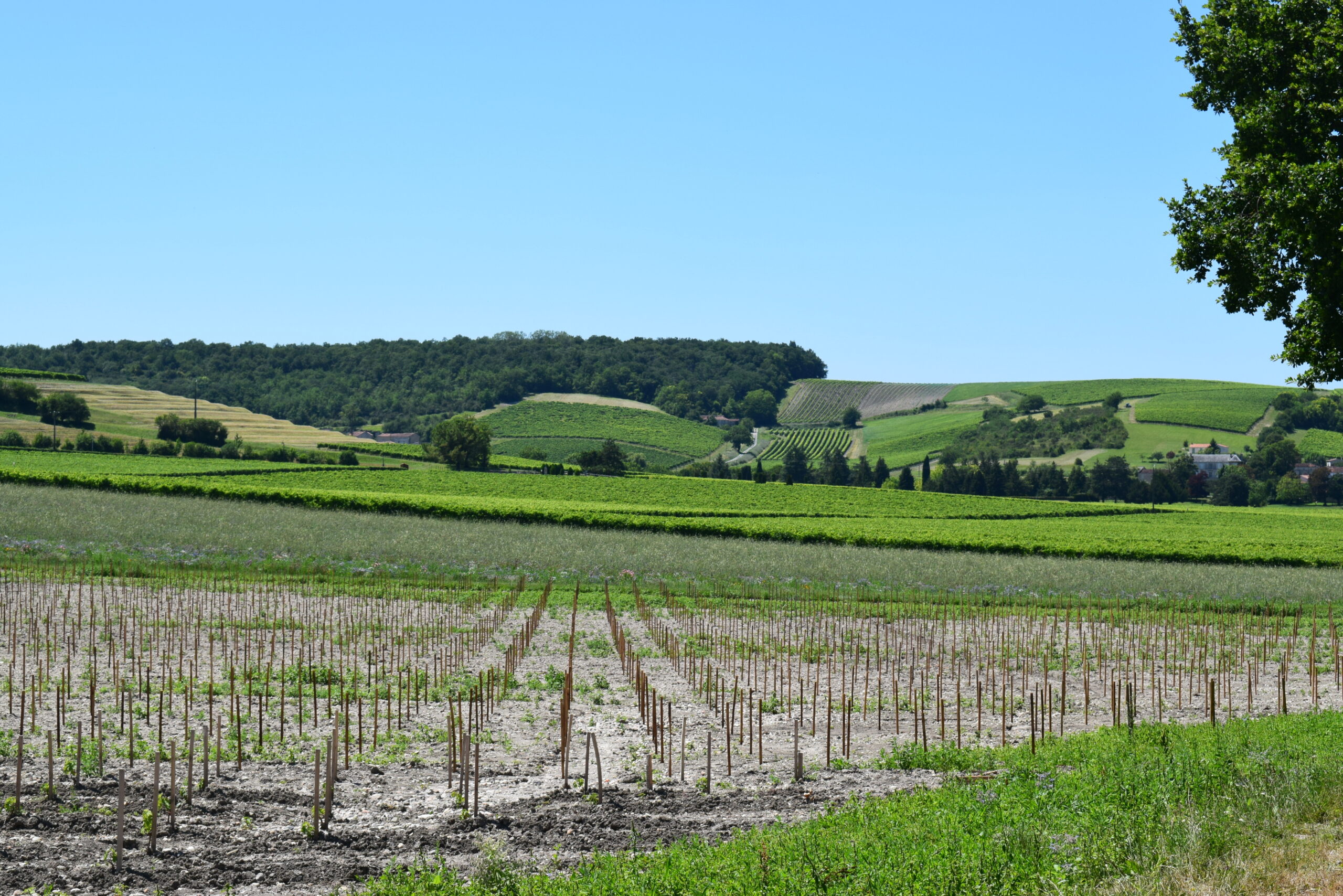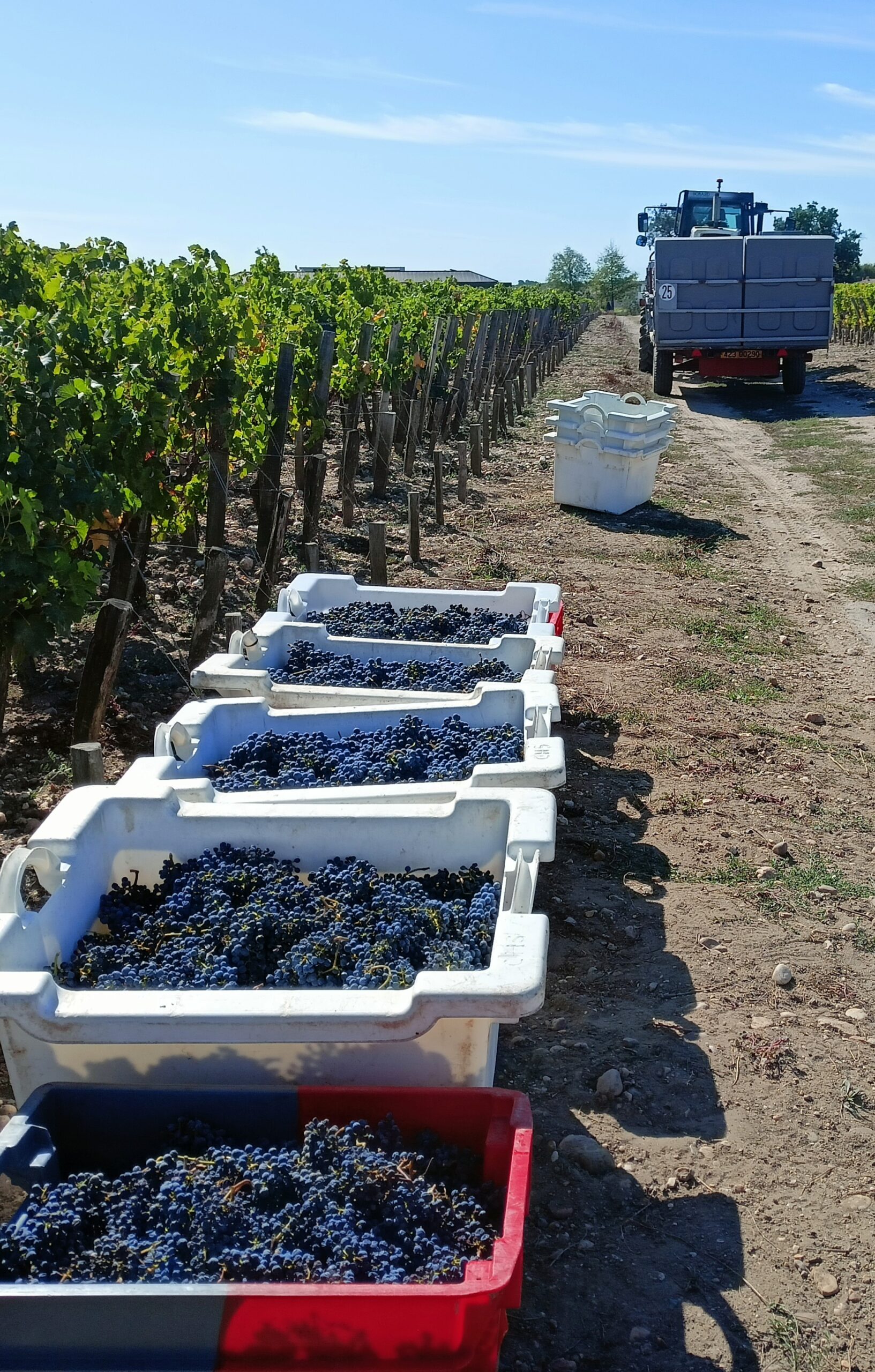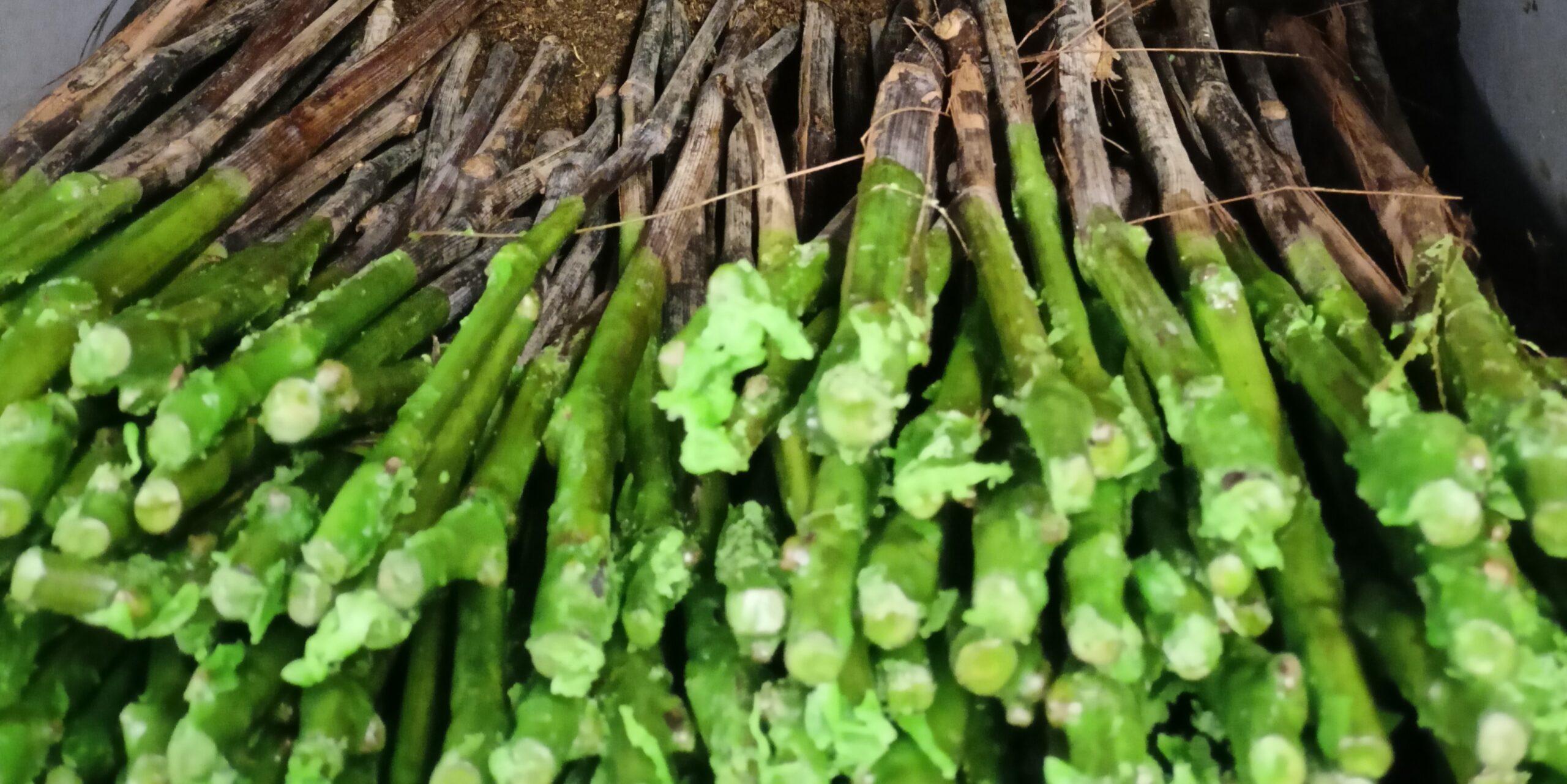Definitive classification: This status is granted to grapevine varieties for which winegrowers may obtain planting authorisations for the purpose of commercial wine production. Only definitively classified varieties can be planted for wine production. This system, part of the EU’s Common Market Organisation (CMO) for wine, aims to control production potential at both national and EU levels. To qualify, a variety must show agronomic, technological, or environmental interest (via VATE trials or literature data), and belong to Vitis vinifera or be a cross with another Vitis species. The decision is made by ministerial decree after consultation with FranceAgriMer and the CTPS vine section.
Consequence: Wine production for commercial purposes is authorised.
Temporary classification: A derogatory regime allowing non-cultivated varieties in France (either from the EU or newly bred) to be grown and used for experimental wine production. The goal is to gather data on how these varieties perform under French terroir and growing conditions. This information is needed for assessing definitive classification eligibility.
Two cases to distinguish:
EU-listed varieties: Temporary classification allows French regions to test EU-grown varieties under local conditions to assess suitability.
Newly bred varieties: Temporary classification is granted alongside the official registration evaluation. VATE trials used for registration will also support the definitive classification process.
Duration: Experiments may last up to 10 years (or 5 years if DHS — Distinctness, Uniformity, Stability — is not validated), renewable if necessary, with a maximum limit of 15 years. If the variety does not meet the criteria for definitive classification, experimental plantings must be destroyed at the end of the period.


Two main types of varietal experimentation are encountered:
-Experimentation aimed at registering the variety in the catalogue
-Experimentation carried out under a temporary classification

Only classified resistant varieties can be authorised for planting.
These plantings may be registered as Wines Without Geographical Indication (VSIG) or, since 2018, as Protected Geographical Indication (PGI) if the variety has been included in the PGI’s specification.
Since the amendment of Article 93 in December 2021 of the Common Agricultural Policy (CAP), it is now possible to claim the Protected Designation of Origin (PDO) for varieties resulting from crosses between Vitis vinifera and other Vitis species. In France, the request to include these varieties in the specification is made to INAO under the framework of Varieties of Interest for Adaptation Purposes (VIFA) and must meet the following conditions:
-5% of vineyard area per estate
-10% in blending
-Max 10 varieties per PDO and per colour
An agreement between operators, ODG, and INAO must be signed – observation period set at a minimum of 10 years, after which, depending on the results: definitive inclusion in the specification, removal from the specification, or extension of the observation period for 5 more years.



For purchasing resistant variety plants, we recommend contacting your nursery!